Sidecar, a feature in macOS 10.15 Catalina that can turn an iPad into a second monitor for a Mac, may be limited to only a small selection of newer Macs at first, with the first beta of the operating system preventing it from being used on a large number of older Macs.
Introduced on Monday as part of macOS Catalina, Sidecar is a feature of both macOS and iPadOS that extends the macOS desktop to the iPad's display. Able to be used both via a cable and wirelessly, the feature can make the iPad a mirrored display or a second screen, including effectively turning it into a graphics tablet when used with the Apple Pencil.
On Wednesday, developer Steve Trougton-Smith posted to Twitter the results of an exploration of the first macOS Catalina developer beta, including a list of devices that Sidecar will be supported on, as well as a blacklist for other hardware.
According to Troughton-Smith, Sidecar supports the 27-inch iMac from Late 2015, the 2016 MacBook Pro, 2018 Mac mini, the new Mac Pro, the 2018 MacBook Air, the Early 216 MacBook and newer models of each device.
While there is a blacklist preventing Sidecar's usage on older models, Troughton-Smith notes there is a terminal command that is supposed to enable it on earlier Macs running the beta, but it is apparently not guaranteed to work. The command reads:
defaults write com.apple.sidecar.display allowAllDevices -bool YES
It is unclear exactly why Apple is limiting the availability of Sidecar to newer devices, but as it is just the first beta, it is possible that Apple could open up support to earlier models ahead of macOS Catalina's release this fall.
AppleInsider will be reporting live throughout WWDC 2019, starting with the keynote on Monday, June 3. Get every announcement as it happens by downloading the AppleInsider app for iOS, and by making sure to follow us on YouTube, Twitter @appleinsider, Facebook and Instagram.
 Malcolm Owen
Malcolm Owen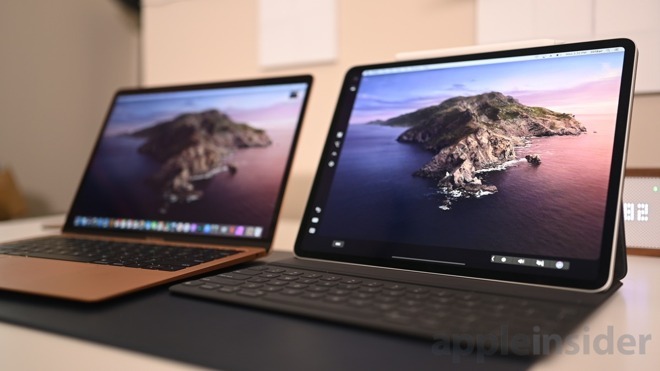

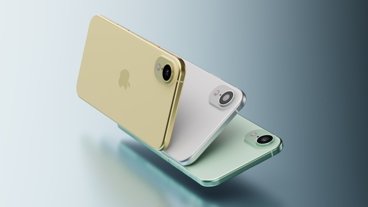


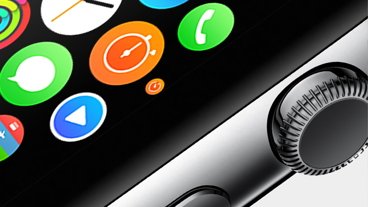


-m.jpg)





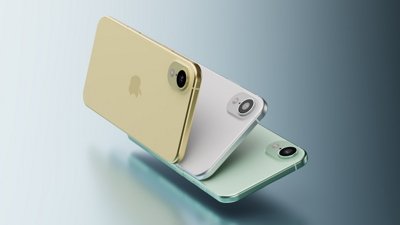
 Marko Zivkovic
Marko Zivkovic
 Christine McKee
Christine McKee
 Andrew Orr
Andrew Orr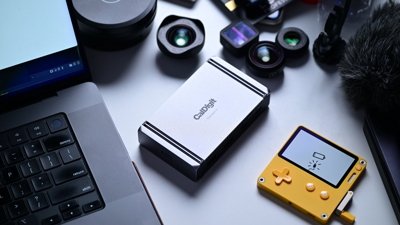
 Andrew O'Hara
Andrew O'Hara
 William Gallagher
William Gallagher
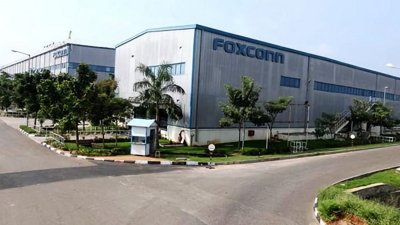
 Mike Wuerthele
Mike Wuerthele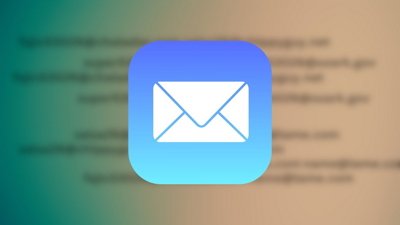
 Bon Adamson
Bon Adamson
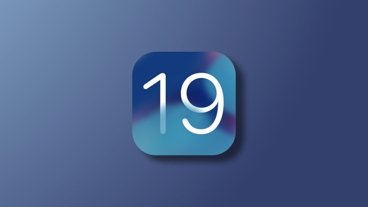
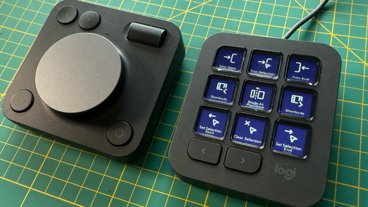


-m.jpg)



27 Comments
One could imagine that older models might introduce additional variables to the mix. So it's probably easier in the first beta to keep it limited and resolve the first round of issues before introducing the possibility of additional problems. It's probably a good way to isolate issues.
It’s predictable and seemingly planned, like airdrop. Why giving you something new as free lunch? That’s why Apple has to split into hardware, software and services individuals.
I remember how I couldn’t get AirPlay to work on my 2010 iMac, but the knockoff application called AirParrot handled the task with ease.
There won’t be a real technical reason, just Apple trying to push people to newer machines.
The listed models have one feature in common: all have a Skylake or newer processor.
Skylake adds hardware encode/decode support for HEVC, so this might just be a case of the Sidecar feature being implemented with HEVC rather than H.264 to reduce bandwidth requirements or allow a higher frame rate. Older Mac models would have to do HEVC encode in software, so enabling the workaround might impose a significant CPU performance load when the display is rapidly changing.
If I'm right, this could impose a similar requirement on the receiving iPad: basic HEVC hardware decode is a feature of the A9 and later processors, so A8 models that can run iOS 13 (iPad Air 2 and iPad mini 4) may be unable to act as a sidecar receiver as they would have to decode the video stream in software.
There was a similar cutoff with the introduction of AirPlay video support: it required a Sandy Bridge or later processor to get H.264 hardware encode support. Third party software (AirParrot) implemented that feature on older Macs by doing the H.264 encode in software, but it caused a fair amount of CPU overhead.